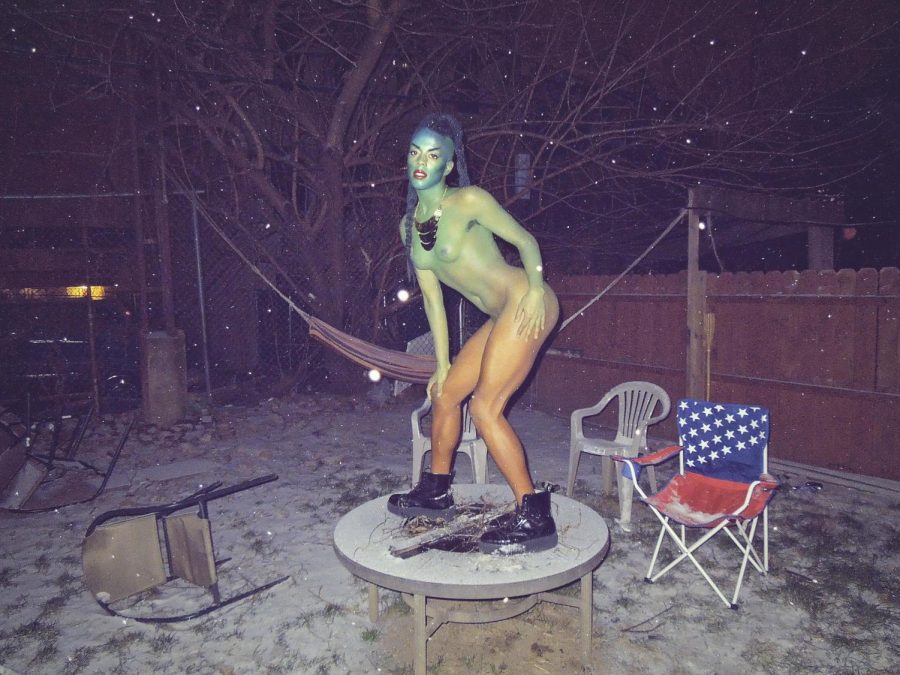Art exhibition highlights underrepresented voices
Work by Juliana Huxtable(above) and other artists will be featured April 27 at Gallery 400 at the UIC, 400 S. Peoria St.
April 15, 2018
Chicagoans will soon have the opportunity to take a dive into the abstract works of women of color with “Out of Easy Reach.”
This multi-venue exhibition opens April 26 and will display the abstract works of black and Latina artists from 1980 on.
An exhibition that took three years to curate, “Out of Easy Reach” will consecutively occupy the DePaul Art Museum April 26, Gallery 400 at the University of Illinois at Chicago April 27 and the Rebuilt Foundation April 28, all exploring separate but linked topics.
Allison Glenn, curator of “Out of Easy Reach” and associate curator of Contemporary Art at Crystal Bridges Museum of American Art, said she had been researching abstraction, particularly in works of black artists, over the last 40 years and began to notice patterns.
“I noticed some of these exhibitions did not include a large range of women or female-identifying artists,” Glenn said. “A lot of the artists that were Latina or Latinx were grouped into these larger black abstraction exhibitions.”
Glenn said she found a lack of representation of female-identifying artists and saw it as an opportunity to research abstraction through that particular lens.
“For curators and art historians who are interested in work produced by marginalized groups, you often encounter that,” said Mia Lopez, assistant curator at the DePaul Art Museum. “There are exceptionally talented people who, for whatever reason, do not necessarily have access to the same opportunities.”
“Out of Easy Reach” features work by 24 artists from Chicago, New York City, Los Angeles, New Orleans, Atlanta, Puerto Rico and Austin, Texas, using abstraction in their own ways—an element Glenn wanted to highlight.
“The terminology and the language used to describe abstraction is primarily focused on formal concerns: application of paint to a canvas, terms such as gestural and hard edge, which for me didn’t necessarily allow for an expanded view of how artists were employing abstraction,” Glenn said.
Works at all three venues feature not just canvas art but work including the body, assemblage of objects and the abstraction of literature.
At Gallery 400, specific topics include spatial politics, mapping and migration, a collection of themes that Lorelei Stewart, the gallery’s director and head curator, said were timely.
“We’re seeing many issues being raised about the histories that have determined who is in what space but also the ways in which people are actively discussing those histories and thinking about things as lofty as human rights to space,” Stewart said.








